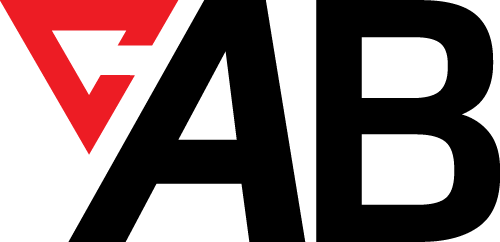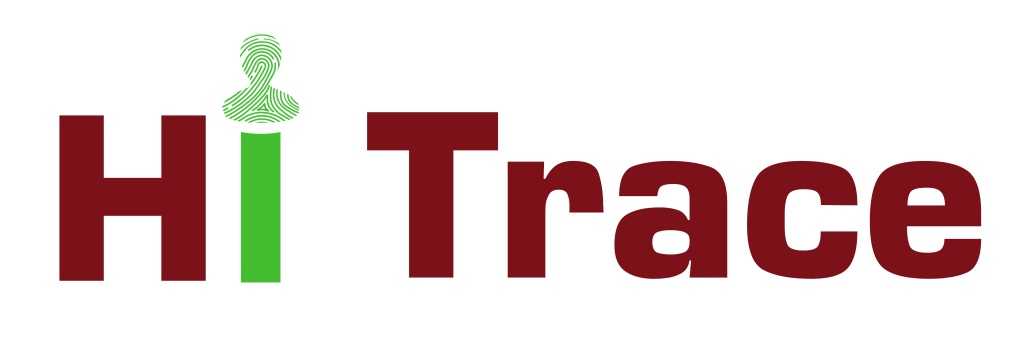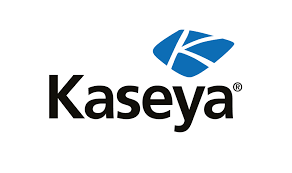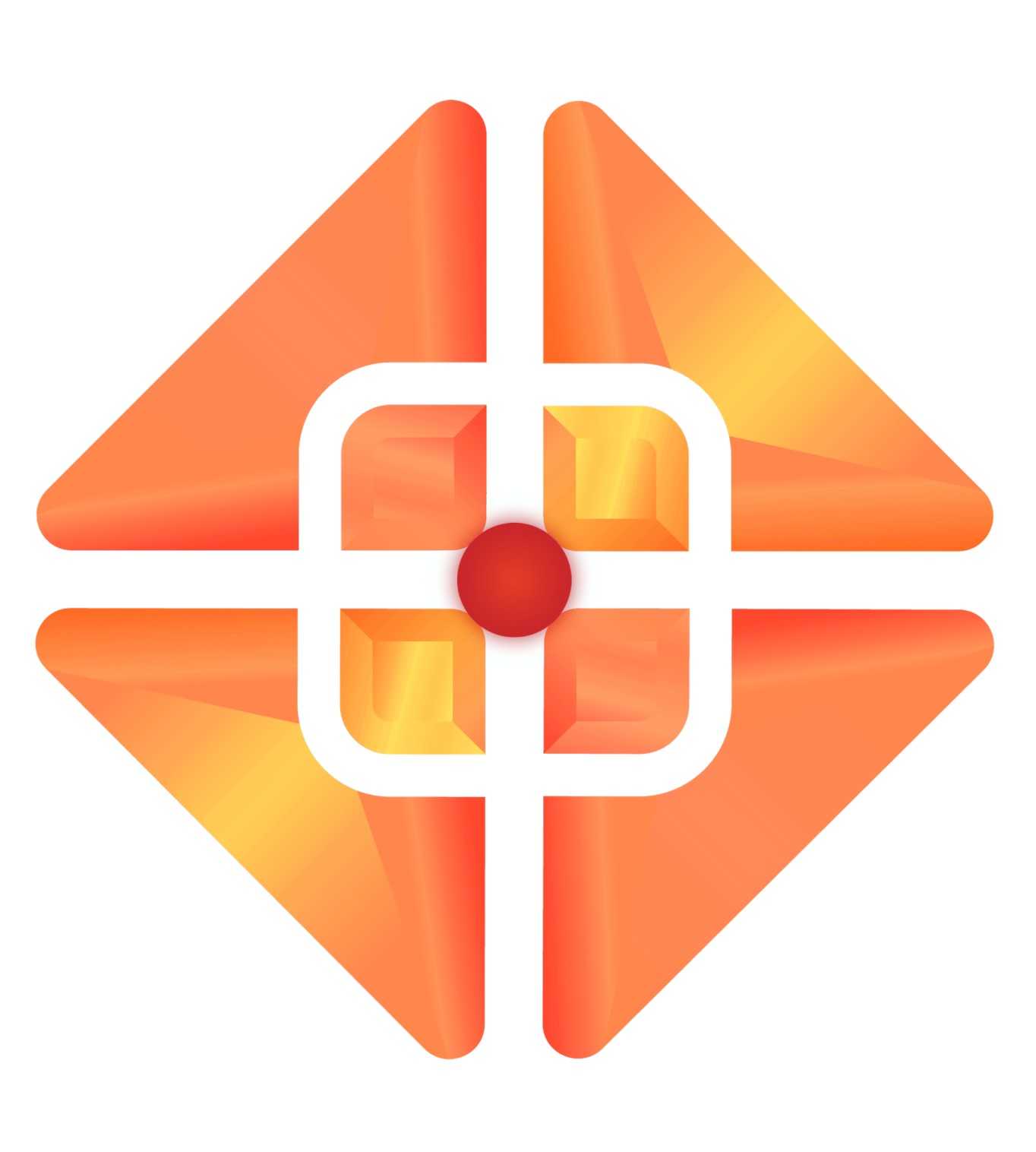What Is IT Automation Software?
IT Automation Software, also known as IT Process Automation Software, is a sophisticated technology that helps to streamline and expedite IT activities. It automates repetitive and time-consuming operations, freeing up IT teams to work on more vital and difficult initiatives. This software uses advanced technologies like artificial intelligence, machine learning, and robotic process automation to improve the efficiency and efficacy of IT processes.
One of the most important responsibilities of IT Automation Software is to automate normal maintenance chores like software upgrades, backups, and patch management. This saves time and effort while also lowering the chance of human error, which can result in costly downtime and security breaches. IT Automation Software can also create and de-provision resources, such as virtual machines and cloud instances, based on preset rules, policies, and processes.
Furthermore, IT Automation Software allows IT teams to develop bespoke workflows for automating complicated procedures involving various systems and applications. This reduces the need for manual intervention, resulting in uniform and standardized execution. With built-in monitoring and alerting features, this software can also detect and handle problems before they disrupt corporate operations.Aside from improving IT processes, IT Automation Software provides additional benefits such as greater productivity, cost savings, and better compliance.
By automating manual operations, IT workers may devote more time to higher-value activities, resulting in increased productivity and job satisfaction. Furthermore, this software can help firms save on personnel expenses and reduce the risk of compliance violations by ensuring that operations are carried out in accordance with industry rules and internal policies. When assessing IT Automation Software, it is critical to evaluate scalability, usability, integrations with existing systems, and vendor support. It is also critical to examine your organization's distinct goals and requirements before selecting software that best fits your unique IT infrastructure.
What Are The Recent Trends In IT Automation Software?
In recent years, IT automation software has emerged as a crucial tool for firms seeking to streamline processes and improve productivity. With technological improvements and an ever-increasing desire for flawless processes, the IT automation software industry has seen several prominent trends emerge. As a buyer, you must stay up to date on current developments in order to make an informed decision about which software is most suited to your business needs.
Here are some of the most recent trends in IT automation software that you should know about:
1. Cloud-Based Solutions: As cloud computing gains popularity, IT automation software solutions housed on cloud platforms have emerged as a trend. These cloud-based solutions provide greater flexibility, scalability, and cost-effectiveness, making them an appealing choice for enterprises of all sizes. They also eliminate the requirement for on-premise hardware and software maintenance, which reduces the workload for IT workers.
2. Artificial Intelligence (AI) And Machine Learning (ML): Another development in IT automation software is the use of AI and ML technology. These intelligent systems can analyze data, learn from it, and automate routine tasks, making them an excellent complement to any IT automation software. As a result, firms can get faster and more accurate outcomes from their procedures.
3. Robotic Process Automation (RPA): RPA has gained popularity in recent years, and its application in IT automation software is increasing. This technology allows businesses to automate repetitive and rule-based tasks, giving employees more time to focus on higher-value activities. IT automation software that combines RPA with AI and ML can increase productivity while decreasing human error.
4. Integration With DevOps: As DevOps gains traction, smooth cooperation between software development and IT operations becomes increasingly important. As a result, the integration of IT automation software and DevOps solutions has grown popular. This integration enables faster and smoother application deployment and delivery, resulting in enhanced efficiency and lower costs.
5. Escalated Focus On Security And Compliance: As cyber risks have escalated, there has been a greater emphasis on security and compliance within IT automation software. Developers are now putting strong security features into their software to safeguard sensitive data and ensure adherence to industry laws. This tendency is particularly important for firms that handle sensitive information.
Benefits Of Using IT Automation Software
IT automation software is a collection of tools and technology intended to streamline and automate various IT jobs and procedures. This includes automating normal and repetitive processes, managing and monitoring system configurations, and installing and administering software applications.
This complete software solution provides several benefits to businesses of all sizes and sectors.
1. Increased Efficiency: One of the primary benefits of adopting IT automation software is that it considerably improves the efficiency of IT operations. By automating operations, IT professionals can save time and resources that would otherwise be used for manual processes. This enables them to focus on more vital and complex activities, resulting in increased production and efficiency.
2. Cost Savings: Implementing IT automation technologies can lead to cost savings for enterprises. By automating operations, businesses can eliminate the need for human labor, resulting in cost savings on employee wages and benefits. Furthermore, automation decreases the possibility of errors and downtime, which may be expensive for enterprises.
3. Increased Accuracy: Manual processes are susceptible to human error, which can have a major influence on the performance of IT systems. Businesses that deploy automation software may ensure that procedures are carried out consistently and properly, lowering the chance of errors and increasing system reliability.
4. Scalability: As a firm expands, so do its IT processes. This can make administering and monitoring systems difficult and time-consuming. IT automation software is scalable, allowing organizations to effortlessly adapt and manage their expanding IT infrastructure without requiring extra resources.
5. Quicker Response Time: In today's fast-paced corporate environment, time is of the importance. IT automation systems can help firms respond to issues and incidents in a timely and effective manner. This is accomplished by configuring automatic alerts and procedures to notify IT staff of any issues, allowing them to respond quickly and minimize the impact on operations.
6. Centralized Management: IT automation software offers a single platform for controlling and monitoring a variety of IT activities. This eliminates the need for various tools and systems, allowing IT professionals to monitor and maintain the whole IT infrastructure through a single interface.
7. Increased Security: As cyber attacks get more complex and sophisticated, businesses must guarantee their systems are secure. IT automation software includes security capabilities such as system backups, security patching, and vulnerability management, which assist firms protect themselves from potential threats.
Important Factors To Consider While Purchasing IT Automation Software?
When it comes to acquiring IT automation software for your company, there are several important elements to consider before making a selection.
As technology advances and businesses increasingly rely on automation to optimize processes and boost productivity, selecting the correct IT automation software becomes critical to success.
1. Type Of Automation Required: Before you begin your search, you should identify the precise areas of your business that require automation. This could include things like network management, data backups, and software updates. Identifying your organization's exact requirements can help you limit down your selections and select software that is matched to your needs.
2. Scalability And Integration: When choosing IT automation software, be sure it can grow with your firm. As your company grows, your automation requirements may also increase. Look for software that is scalable and compatible with other systems in your IT architecture. This will allow for a more fluid process and prevent future compatibility difficulties.
3. User-Friendliness: Usability is an important consideration while using any software. Your IT automation software should be user-friendly, with a well-designed interface and straightforward functions. This will not only save you time and money on training, but it will also ensure that your staff have a smooth transition.
4. Customization Options: Because each organization has its own set of requirements, it is critical to select software that allows for customization. Look for tools like templates, scripts, and workflows that may be customized to meet your organization's specific requirements. This will increase the software's efficiency while saving critical time and resources.
5. Security: As with any technology, security is a significant priority for businesses. When selecting IT automation software, be sure that it has strong security mechanisms in place to protect your sensitive information. Look for features like encryption, access limits, and regular software updates to reduce the danger of cyber attacks.
6. Support And Training: When installing new software, it is critical to have a support structure in place. Look for IT automation software that includes training and support to ensure that your staff completely understands the software and can troubleshoot any difficulties that emerge.
7. Cost: The cost of IT automation software can vary substantially, therefore it is critical to set a budget and select software that gives the best value for your money. Consider the return on investment and long-term costs, rather than just the initial expenditure. By taking these crucial variables into account, you can select the best IT automation software for your firm and boost your workflow, productivity, and overall efficiency. Remember to conduct comprehensive research and compare many possibilities before making a decision to guarantee you are investing in the finest solution for your company.
What Are The Key Features To Look For In IT Automation Software?
When contemplating purchasing IT Automation Software, there are several critical elements to look for to guarantee that you are selecting the best solution for your organization's requirements.
The following are the key elements to consider when evaluating IT Automation Software:
1. Centralized Management: The ability to centrally control all IT processes is one of the most crucial aspects to look for when selecting IT Automation Software. This involves things like monitoring, diagnosing, and resolving problems, as well as handling upgrades, backups, and configurations. A centralized management system provides for more efficient and streamlined procedures, which saves time and resources in the long term.
2. Customizable Workflows: Each organization has distinct IT processes and workflows. Look for IT automation software that allows you to customize workflows to meet your individual requirements. This ensures that the software is consistent with your organization's processes and increases efficiency.
3. Integration Capabilities: In today's complicated IT world, automation software must work seamlessly with other tools and systems. This involves connecting to cloud services, third-party applications, and other IT management tools. Make sure the software you chose has strong integration capabilities to enable a smooth workflow.
4. Strong Reporting And Analytics: The capacity to track and analyze data is critical for any firm. Look for IT Automation Software that has comprehensive reporting and analytics, so you can track performance, find areas for improvement, and make data-driven decisions.
5. Scalability: As your company expands, your IT automation requirements will increase. Choose software that can scale with your company, enabling an increase in workload and tasks while maintaining performance and quality.
6. Security: With the growing amount of cyber threats, it is critical to use secure IT automation software. Look for features like role-based access control, encryption, and audit trails to protect the security and confidentiality of your information.
7. User-Friendly Interface: A user-friendly interface is critical for the successful adoption and use of IT automation software. Look for a clean, intuitive design that is simple to use and requires little training.
8. Customer Support: The value of dependable customer service cannot be emphasized. Look for software companies that provide good customer service, including technical support, training, and regular updates and patches.
Why Do Businesses Need IT Automation Software?
Businesses are continuously seeking methods to streamline and improve their processes. In today's fast-paced digital landscape, manual methods are unable to meet market needs. This is where IT automation software comes into play: it enables businesses to automate repetitive and time-consuming tasks, freeing up valuable time and resources for more important initiatives.
One of the primary reasons why firms use IT automation software is to improve efficiency and productivity. Businesses can save a lot of time and effort by automating operations like data entry, system updates, and backups. This not only allows staff to focus on more critical activities, but it also assures that they are executed precisely and on schedule.
Furthermore, IT automation tools can increase the overall quality and consistency of output. Manual operations are prone to human error; however, automation reduces the likelihood of mistakes or oversights. This is particularly useful for crucial procedures like software deployment and server maintenance. Another significant advantage of IT automation software is its capacity to improve security protocols.
Businesses may secure their data and systems from potential threats or disasters by doing automated backups on a regular and timely basis. Furthermore, automation can help with compliance by ensuring that all IT activities are correctly recorded and carried out in accordance with industry rules. With the growing amount of data and technology utilized in businesses today, managing and monitoring these systems can become difficult.
IT automation software can assist firms in keeping a tight check on their IT infrastructure, detecting and fixing possible issues before they become big problems. Furthermore, deploying IT automation tools can lead to cost reductions for enterprises. Businesses can save money on labor and potential repair costs by lowering the need for human labor and minimizing the chance of errors.
How Much Time Is Required To Implement IT Automation Software?
The time required to implement IT automation software varies depending on a number of factors. This buyer's guide will give you with all of the information you need to understand the projected time of implementation. The deployment time for IT automation software might range from a few weeks to a few months. This time range comprises the initial planning, installation, and testing of the program prior to its complete integration into your system.
The first step in installing IT automation software is to evaluate your existing IT infrastructure and operations. This will allow you to discover specific jobs and places that could benefit from automation. To guarantee that the program fulfills your needs, you must first establish defined goals and objectives. Once you've identified the areas for automation, the next step is to choose the appropriate software.
This process can take anywhere from a few weeks to a month, depending on your evaluation method. To discover software that meets your goals and fits your budget, you must conduct extensive research and demos of several possibilities. After choosing the software, the next step is to install and configure it. This process can take anything from a few days to a few weeks, depending on how complicated your IT infrastructure and software are.
Configuring the software to operate with your existing systems and procedures is an important part of installation since it enables a seamless connection. After installing and configuring the software, the following step is to thoroughly test it. This procedure can take several days to a week, depending on the size of your infrastructure and the level of automation.
It is critical to test all features and functionalities to ensure that the program operates properly and satisfies your needs. Finally, following successful testing, the software is ready for integration into your system. This procedure can take anywhere from a week to a month, depending on how complicated your IT infrastructure is and how many activities are being automated. It is critical to have sufficient training and support during this phase to guarantee a smooth transition.
What Is The Level Of Customization Available In IT Automation Software?
IT automation software provides a variety of customization choices to fit the unique demands of each firm. This level of flexibility is especially beneficial for firms that have distinct workflows, processes, and tools. Businesses can leverage the benefits of IT automation by customizing the software to their specific needs. One of the most important advantages of IT automation software is its capacity to be configured and modified to meet the unique demands of an organization.
This includes the ability to design processes, tasks, and triggers, as well as create timetables and assign roles and permissions. This level of customisation enables businesses to tailor the software to their own processes and procedures, resulting in a more efficient and successful automation experience. Furthermore, IT automation software enables the development of integrations with other tools and systems.
This implies that firms can combine the program with their existing IT infrastructure, including help desks, CRMs, and other mission-critical applications. This provides for a more efficient flow of data and information, eliminating human labor and the chance of errors. Customization in IT automation software also includes the option to create individual reports and dashboards.
This enables businesses to analyze and monitor their automation processes and performance in real time, offering critical insights and data for decision making and process optimization. Furthermore, powerful IT automation software provides unique alarm and notification systems. This tool enables businesses to create alerts for specific events and actions, ensuring that key tasks and procedures are not overlooked or delayed.
Which Industries Can Benefit The Most From IT Automation Software?
Industries of all sizes and sectors are continually looking for methods to improve operations and efficiency. In today's digital age, where technology is critical to corporate processes, IT automation software has emerged as a vital asset for businesses. This powerful technology streamlines and automates IT tasks, decreasing the workload for IT professionals and freeing up critical time for strategic initiatives. So, which industries would gain the most from IT automation software?
Let's have a closer look.
1. Finance & Banking: The finance and banking sectors handle massive volumes of data and require strict security measures. IT automation software can assist these companies enhance their risk management operations by automating time-consuming tasks like compliance checks, security updates, and data backups.
2. Healthcare: In the healthcare industry, where speed and accuracy are crucial, IT automation technologies can greatly improve workflow. This software can increase efficiency and patient care by scheduling appointments, managing health records, and optimizing billing processes.
3. Manufacturing: In the fast-paced manufacturing industry, IT automation software may optimize inventory management and automate production operations, lowering the risk of errors and delays. This software can also help with real-time data analysis, delivering useful insights for decision-making.
4. Retail: With the rise of e-commerce, the retail industry faces severe competition and ever-changing client needs. IT automation software can assist retailers in managing their online presence, including website updates, inventory management, and order fulfillment, assuring a seamless shopping experience for customers.
5. Education: In the education industry, where technological improvements are critical, IT automation software can assist schools and universities in managing their IT infrastructure, which includes student data, online learning platforms, and network security.
6. Transportation & Logistics: Transportation and logistics organizations deal with massive amounts of data, and any delay or inaccuracy in processing this data can result in huge costs. Routine processes like route planning, inventory management, and data input can be automated using IT automation tools to save money and increase productivity.
7. Government: Government organizations rely on technology to provide services to citizens, therefore IT automation software is an invaluable resource. It may automate tasks like data analysis, security checks, and citizen-facing services, ensuring confidentiality, efficiency, and cost-effectiveness.
Conclusion
To summarize, selecting the appropriate IT automation software for your company is a critical decision that can have a big impact on your entire operations. By now, you should have a good idea of the essential characteristics and considerations to consider while comparing different market possibilities. When making your decision, carefully consider your business's demands and objectives, as well as the software's scalability and adaptability.
Consider the vendor's support and training options, as well as compatibility with your current systems and applications. Remember to consider the overall cost of ownership, which includes the initial investment, recurring maintenance expenses, and possible savings from improved efficiency and productivity. Do not be hesitant to seek demos or free trials to test the software's capabilities before making a purchase.
Finally, the correct IT automation software can not only simplify and optimize your procedures, but will also help your company remain competitive in today's quickly changing digital market. Use this guide as a road map to identify the ideal solution that suits your individual requirements and propels your organization to the next level. It's time to take action and select the best IT automation software for your company.






















